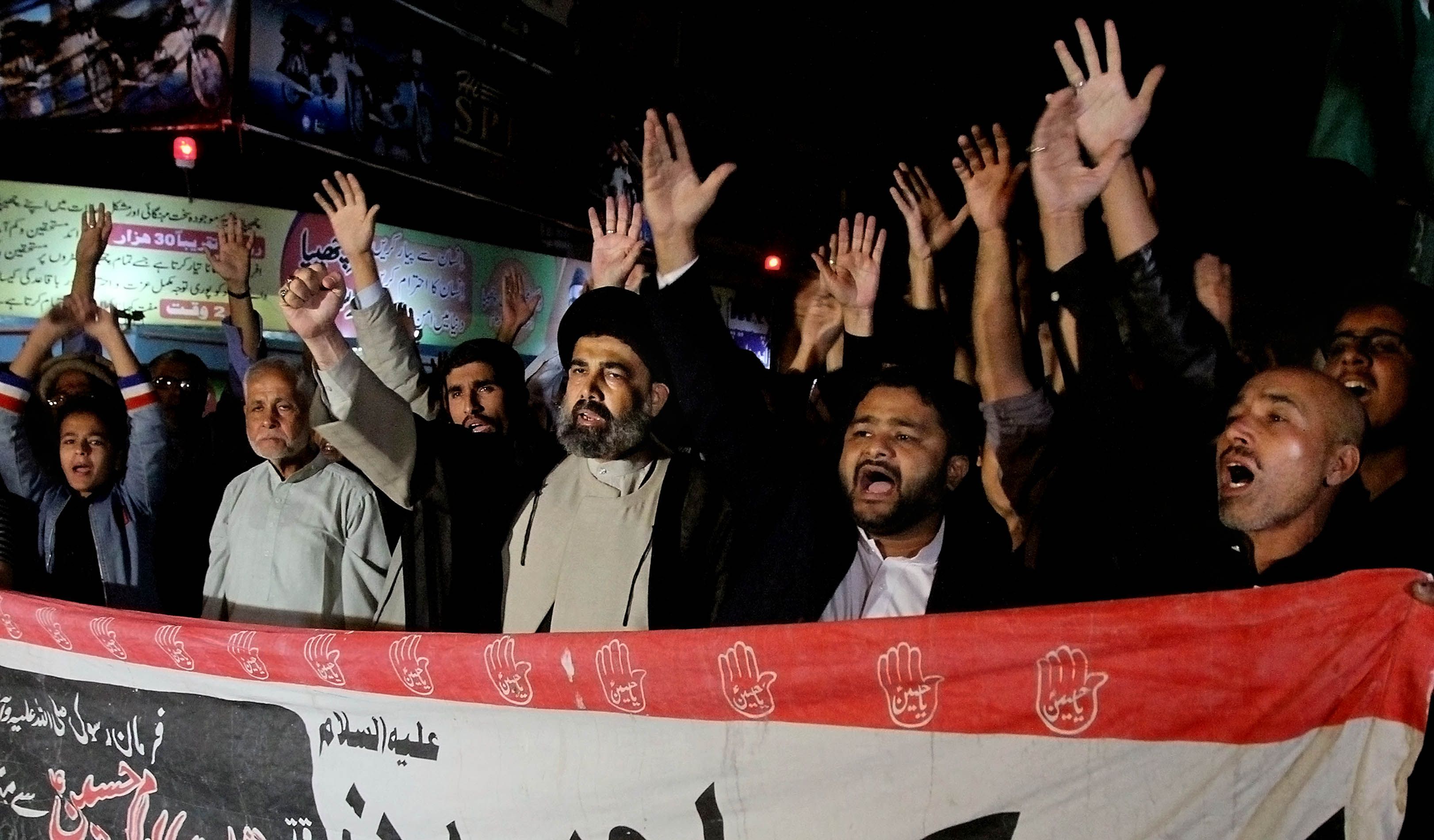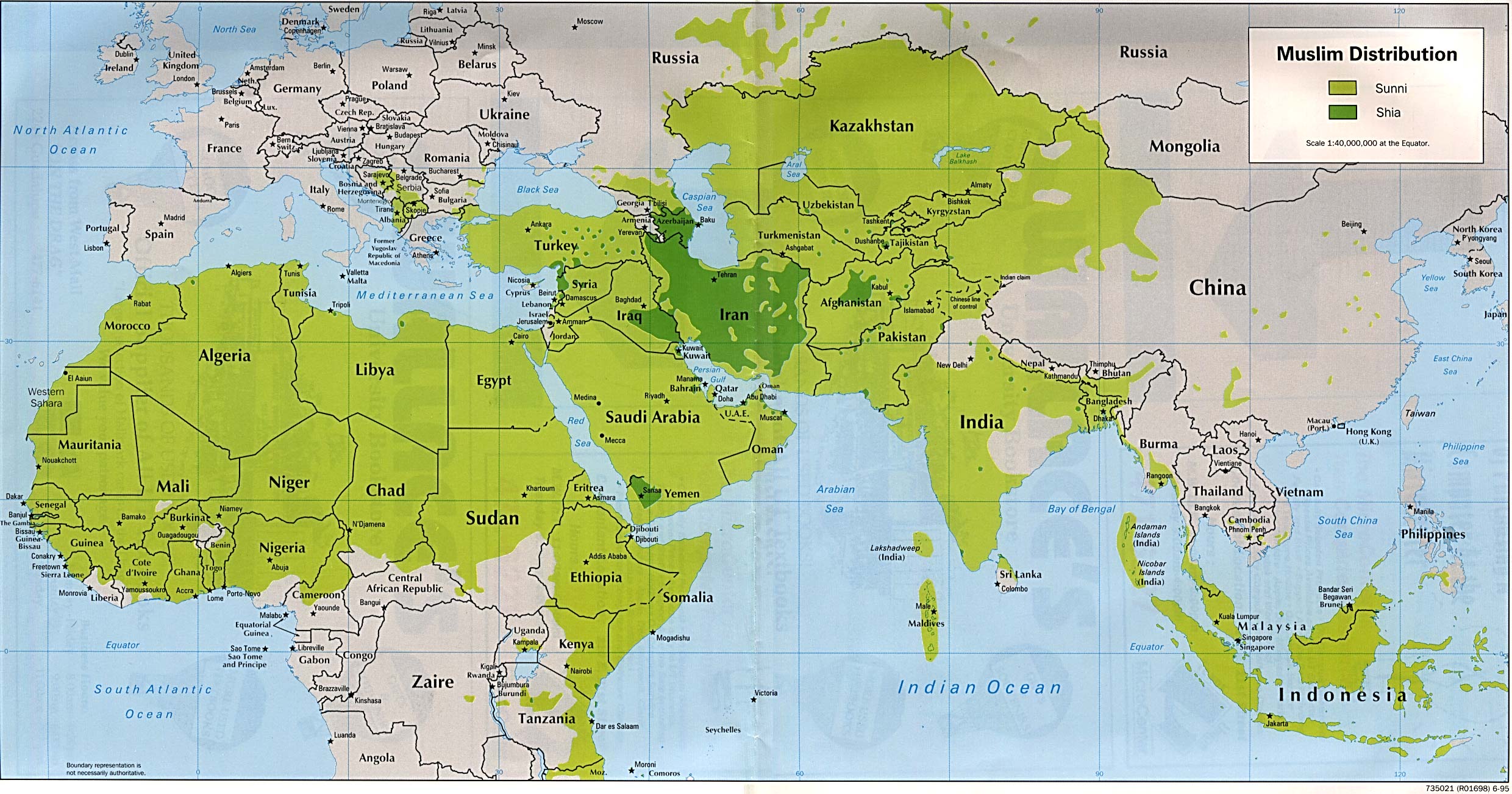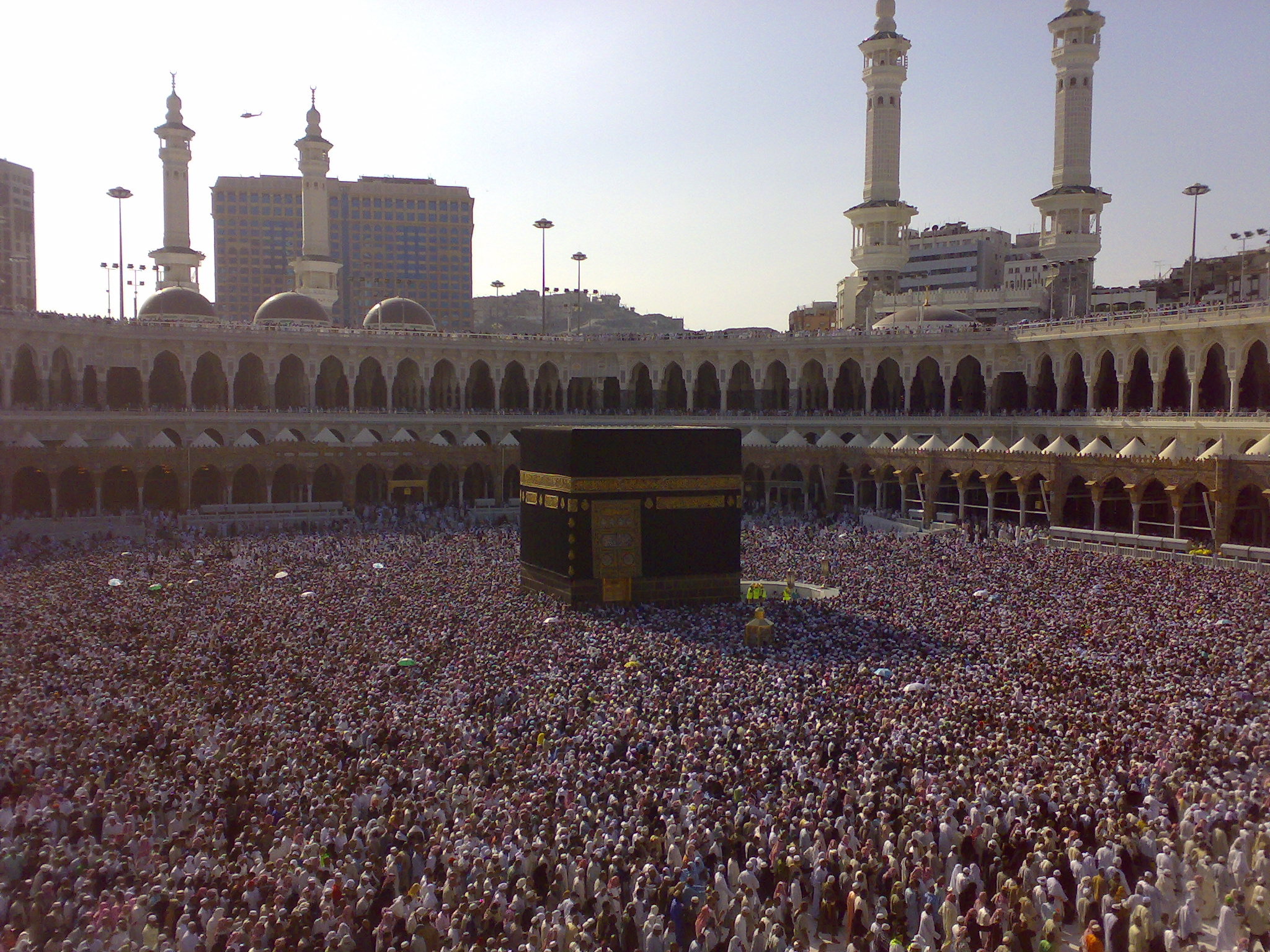When we think about Iran, one of the first things that often comes to mind is its unique religious makeup. It's a place where faith runs deep, and the way people practice Islam has shaped so much of the country's story. For a very long time, Iran has been a special spot on the map because of how its main religious group, Shia Islam, stands out in a part of the world where another branch, Sunni Islam, is more common.
This difference isn't just about how people pray; it has, in a way, touched everything from daily life to how Iran gets along with its neighbors. It's really quite something to see how a country's religious identity can shape its path through the years, affecting friendships, rivalries, and even the way people live day to day. We're going to take a closer look at this fascinating aspect of Iran, trying to get a better sense of what makes it all tick.
Understanding the connection between Shia and Sunni communities in Iran helps us get a clearer picture of the country itself, and also how it fits into the bigger picture of the Middle East. We'll explore how things changed over time, what the numbers tell us about who lives there, and how these different groups have, in some respects, interacted throughout history. It's a story with many layers, and we're just going to peel back a few of them.
- Jason Scott Lee Bruce Lee Son
- Paleseafoam Nudes
- Viral Terabox Link
- Eppstein Mossad
- Trey Gowdy Salary At Fox
Table of Contents
- How Many People Follow Which Faith in Iran?
- What Changed Iran from Sunni to Shia?
- How Does Iran's Religious Identity Affect Its Neighbors?
- Are There Differences in Daily Life for Shia and Sunni People?
How Many People Follow Which Faith in Iran?
When you look at Iran's population, which was about 86.8 million people in the middle of 2022, it's pretty clear that most folks there practice Islam. Government numbers show that about 99.4 percent of everyone living in Iran is Muslim. That's a really high number, and it shows just how central faith is to life there. Of that big Muslim group, a very large portion, somewhere between 90 and 95 percent, are Shia Muslims. The rest, about 5 to 10 percent, are Sunni Muslims. This breakdown, you know, gives us a quick snapshot of who lives where in terms of their beliefs.
A few years earlier, in 2011, reports also suggested that roughly 99.4 percent of the population was Muslim. The small part that wasn't Muslim, about 0.6 percent, included people from other religious groups. This group, actually, had a small number of Zoroastrians, Jewish people, and others, making up about 0.3 percent of the whole country. So, in some respects, the overall picture of religious groups has stayed pretty consistent over the years, with Islam being the main belief system for almost everyone.
Shia and Sunni Communities Today
Even though Shia Islam is the main faith in Iran, Sunni communities are definitely present, and they tend to live in specific parts of the country. For example, many Sunnis are Turkmen, Arabs, Baluch, or Kurds. These groups, you know, often live in different provinces: Turkmen in the northeast, Arabs in the southwest, Baluch in the southeast, and Kurds in the northwest. It’s interesting how these groups often keep their own distinct ways of life, too.
- Project Escape Room Wiki
- Kathryn Mae Wiki
- Epstein Connection To Mossad
- Tiffany Coyne
- Rachel Pizzolato Onlyfans
A good example of a place with a notable Sunni population is West Azarbaijan. This province, located in the northwest part of Iran, has about 42 percent of its people who are Sunni. This makes it a region where the mix of Shia and Sunni is more noticeable than in many other areas. So, while the country as a whole leans heavily Shia, there are pockets, you know, where the Sunni presence is quite strong and visible.
What Changed Iran from Sunni to Shia?
For a very long time, through much of its history after Islam arrived, the land that we now call Iran was mostly Sunni. That's right, it wasn't always the Shia stronghold it is today. Cities were, in fact, often dominated by Sunni populations, according to old writings, like those from Mustawfi. However, there were, in a way, smaller groups of Shia Muslims scattered around, particularly in certain regions like Gilan, Mazandaran, and Khorasan. These communities, you see, followed different Shia traditions, like Twelver, Zaydi, or Ismaili, even when Sunni Islam was the more widespread practice.
During the Timurid period, and especially under the Sunni Aq Qoyunlu, Shia Islam was, apparently, quite common among the ordinary people in many areas of Iran. This shows that even before the big shift, Shia beliefs had a quiet but firm hold in the countryside, even if the major cities leaned Sunni. It's a bit like a hidden current, flowing beneath the surface of the main religious practices of the time.
The Safavid Impact on Shia and Sunni Traditions
The really big change happened in 1501. That's when the Shi'i Safavids took charge of Iran, and they completely turned the religious landscape upside down. Unlike some other Shia groups that had power for a while but didn't make lasting changes, the Safavids were incredibly successful. They didn't just rule; they, quite literally, changed the religious identity of the country for good. This was a massive shift, and it's why Iran is so distinctly Shia today.
This historical event is, in some respects, key to understanding Iran's religious journey. It was a pivotal moment that moved Iran from being a place where Sunni Islam was the main belief to becoming the central home of Shia Islam. This shift, you know, wasn't just a simple change in leadership; it was a deep transformation that shaped the country's culture, its laws, and its place in the world for centuries to come. It truly altered the course of history for the Shia and Sunni populations in Iran.
How Does Iran's Religious Identity Affect Its Neighbors?
Iran's strong Shia identity has, in a way, often made its relationships with nearby countries a bit complicated. When you're a predominantly Shia nation in a region where many of your neighbors are mostly Sunni, it can lead to some tricky situations. Iran has, at times, found itself feeling a little cut off or isolated from countries where Sunni Islam is the main practice. It's almost like being the only one with a different favorite color in a group, you know, sometimes it makes things a little harder to blend in.
However, Iran doesn't just sit back and let this isolation happen. It actively works to build strong connections with other nations that have a good number of Shia communities. Countries like Yemen and Lebanon are good examples. Iran tries to foster cooperative relationships with them, based on their shared religious connections. This means, actually, that while some doors might be harder to open, others are opened with a sense of shared belief and purpose.
Shia and Sunni Rivalries Beyond Borders
The differences between Shia and Sunni beliefs have, in some respects, been used by certain countries to further their own goals in the region. You have Iran, which is Shia, and Saudi Arabia, which is Sunni, both seeing themselves as leaders in the Muslim world. They've, quite literally, used the divide between the two branches of Islam to push their own agendas and gain more influence. It's a complex dance of power and faith, really.
The Iraq War, for instance, had a big impact on who held power in the region. It ended up making Shia groups the main force in Iraq, which, you know, changed the balance of power quite a bit. This event, and others like it, show how the Shia and Sunni differences aren't just about personal faith; they can also be about national ambitions and who gets to call the shots in a wider area. It's a very real part of the political landscape there.
Are There Differences in Daily Life for Shia and Sunni People?
It's interesting to consider if there are big differences in everyday life between Shia and Sunni communities, especially when it comes to things like how educated people are. A comparison of literacy rates, for example, suggests that there isn't any really important difference between areas that are mostly Shia and those that are mostly Sunni. This means that, in terms of basic education, both groups seem to have pretty similar opportunities or outcomes, which is, you know, a good thing to note.
However, the experience of being a Sunni in Iran has, apparently, not always been easy. There have been reports of Sunnis feeling like they haven't been properly represented and have faced difficulties from the government over the years. This feeling of being held back or repressed has, in a way, led to some significant developments. Recently, Iran's Sunni population has been playing a noticeable part in current protests, which suggests they are, quite literally, trying to make their voices heard and improve their situation.
Shia and Sunni in Iran and Their Places in Society
Shia and Sunni Islam are, basically, the two main ways Islam is practiced around the world. While Shia Muslims are the majority in countries like Iran, Iraq, Bahrain, and Azerbaijan, Sunni Muslims are the larger group in places like Saudi Arabia, Egypt, Turkey, and Indonesia. This global spread shows that while they share the same faith, their concentrations vary quite a bit from one country to another. It's like different flavors of the same, very large, cake.
In Iran's past, even when Sunni Islam was the more common practice in major cities, Shia communities had a strong presence in certain areas. Think of places like Gilan, Mazandaran, Ray, Varamin, Qom, Kashan, Khuzestan, and Sabzevar in Khorasan. These regions, you know, were centers where Twelver Shia Islam was particularly strong. This historical presence shows that Shia beliefs were, in a way, deeply rooted in parts of Iran long before they became the dominant faith of the whole country. It's a testament to the enduring nature of these communities, really.
This article has explored the unique religious makeup of Iran, showing how Shia Islam became the dominant faith after a long history where Sunni Islam was more common. We looked at the historical shift brought about by the Safavid dynasty in 1501, which permanently changed Iran's religious landscape. We also discussed how Iran's Shia identity affects its relationships with neighboring countries, sometimes leading to isolation but also fostering ties with other Shia communities. Finally, we touched upon the experiences of Sunni populations within Iran and the broader global distribution of Shia and Sunni Muslims.
Related Resources:



Detail Author:
- Name : Macy Gottlieb
- Username : jammie.murphy
- Email : colin30@gmail.com
- Birthdate : 1986-06-17
- Address : 39709 Scot Knoll Lake Kennedyburgh, NM 96007
- Phone : 212.255.7832
- Company : Mante Inc
- Job : Patrol Officer
- Bio : Reiciendis repudiandae occaecati reiciendis nam sed quia vero quas. Reiciendis quasi quae qui laborum quis. Nemo enim quo consectetur enim. Eius dolor ut omnis atque vel.
Socials
tiktok:
- url : https://tiktok.com/@terryr
- username : terryr
- bio : Quisquam qui ut dolores ad asperiores vel.
- followers : 5463
- following : 688
instagram:
- url : https://instagram.com/terryr
- username : terryr
- bio : Voluptatem praesentium vel esse maxime labore eum. Temporibus et numquam nostrum iste et molestiae.
- followers : 1325
- following : 1386